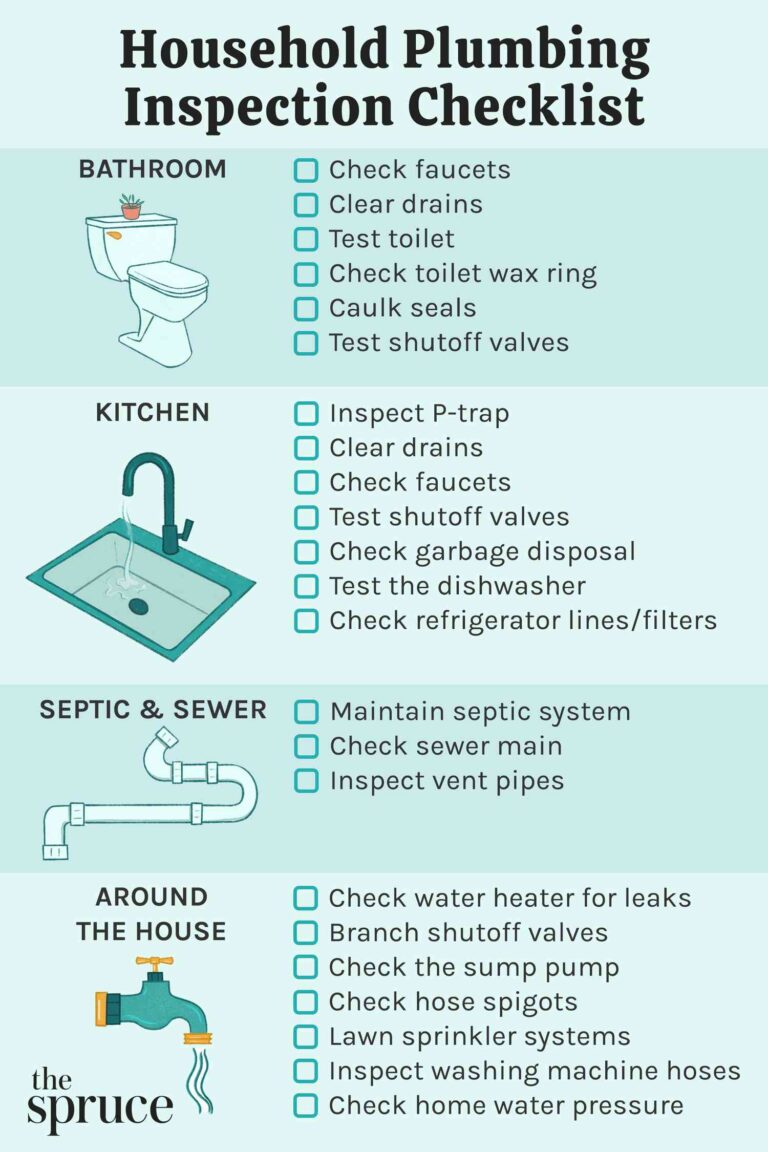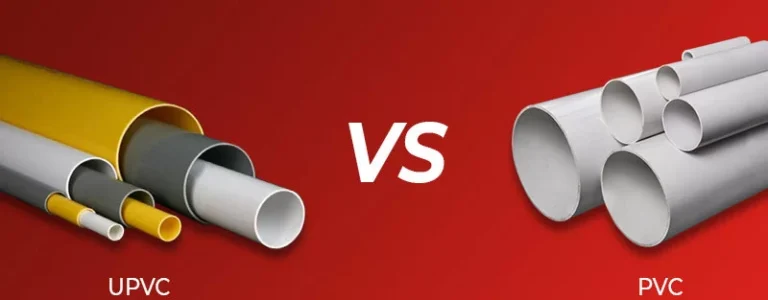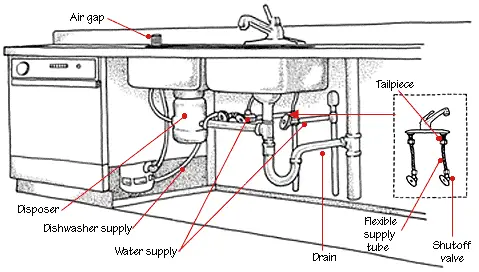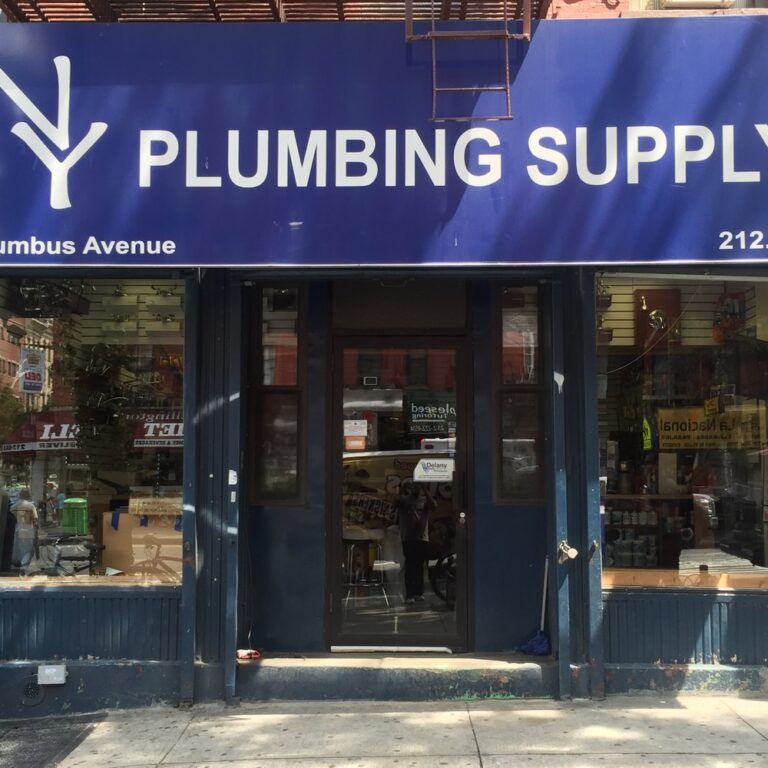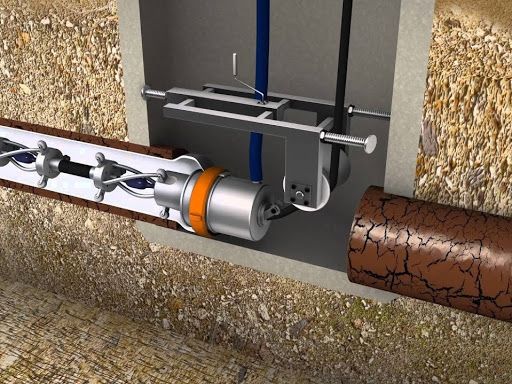What Is A Plumbing Stack?
A plumbing stack is an essential component of a building’s plumbing system. It is a vertical pipe that connects the different fixtures in the house, such as toilets, sinks, and showers, to the main drain line. A plumbing stack is typically composed of two parts: the vent pipe and the waste pipe. The vent pipe draws air into the system to allow for proper drainage. The waste pipe carries the wastewater away from the house to the sewer line. Plumbing stacks are typically made of PVC or cast iron, and must be properly sized and installed to ensure that the plumbing system functions properly.

Overview of Plumbing Stacks
Plumbing stacks are an integral part of any household plumbing system. They are the vertical pipes that carry waste water away from the house. The two main types of stacks are the main stack and the branch stack. The main stack runs from the basement to the roof and receives the waste water from all the other stacks. The branch stacks connect plumbing fixtures to the main stack and carry the waste water from the house to the main sewer line. A properly functioning plumbing stack system is essential for the proper functioning of the plumbing system and for a safe and healthy home environment. Regular maintenance and inspections should be done to ensure the system is working properly.
Components of a Plumbing Stack
A plumbing stack is a critical component of any plumbing system. It is composed of a vertical pipe that connects the sewage and drainage lines of a building to the city’s main sewer line. The components of a plumbing stack include the main stack, branch stacks, and vent stacks. The main stack is the main vertical pipe that runs from the lowest drain level to the highest, and is responsible for draining all wastewater from the building. Branch stacks are the pipes that connect individual fixtures, like a shower or sink, to the main stack. Finally, vent stacks provide air flow to the system to prevent a vacuum from forming. All of these components work together to create an efficient and effective plumbing system.
Common Plumbing Stack Configurations
Plumbing stack configurations are used in the construction of homes and commercial buildings and involve the installation of a variety of pipes and fittings in order to provide for the flow of water. Each stack configuration is designed to meet the specific needs of the project, and can be customized to meet any number of needs, including drainage, water supply, and ventilation. By understanding the most common plumbing stack configurations, you can ensure that the plumbing system in your home or business is installed correctly and provides the necessary functionality.
Benefits of Plumbing Stacks
Plumbing stacks are essential components of any plumbing system. They allow for the efficient transport of wastewater away from a property, helping to keep it clean and free from the health risks that can come from stagnant water. Plumbing stacks are also an important part of the modern plumbing system, as they are designed to prevent the infiltration of air into the drainage system, reducing the possibility of backups and blockages. The installation of plumbing stacks also helps to reduce the possibility of water damage, as they help prevent the accumulation of water in areas which are susceptible to flooding or water damage. In addition, plumbing stacks provide a convenient way to connect multiple fixtures within a property, making it easier to keep the system running smoothly. Finally, plumbing stacks can help home and business owners save money on their plumbing bills, as they help reduce the need for frequent repairs and maintenance.
Common Problems with Plumbing Stacks
Plumbing stacks are a complex network of pipes that are responsible for bringing water into your home, and removing wastewater from it. Unfortunately, due to their complexity and age, plumbing stacks often experience a number of common problems. From blockages, to broken or corroded pipes, to faulty seals and valves, plumbing stacks can become a source of frustration for homeowners. Fortunately, there are experienced plumbers who are able to diagnose and repair the most common plumbing stack issues quickly and effectively, so you can get back to enjoying your home in no time.
Tips for Installing a Plumbing Stack
When it comes to installing a plumbing stack, it is essential to make sure you have the right tools and materials. A plumbing stack is responsible for draining wastewater from the home, so it is important to follow safety precautions. To begin, make sure the stack is at the proper angle and is level. Additionally, you will need to check the local building codes to ensure the stack is up to code. When connecting the stack to the drain, use a recommended sealant to ensure a tight seal. Lastly, test the stack for proper drainage prior to covering it. By following these tips, you can ensure your plumbing stack is installed correctly and safely.
FAQs About the What Is A Plumbing Stack?
Q1. What is a plumbing stack?
A1. A plumbing stack is a vertical pipe in a building that is used to carry wastewater from multiple plumbing fixtures to the main drain line. It typically consists of several pipes connected together, with the lowermost pipe connected to the public sewer line.
Q2. How does a plumbing stack work?
A2. A plumbing stack works by carrying wastewater from the various fixtures in the building to the main drain line. The wastewater flows down the pipe and is directed to the public sewer line, where it is moved to a treatment facility.
Q3. What are the components of a plumbing stack?
A3. The components of a plumbing stack typically include a vent pipe, a waste pipe, and a drain line. The vent pipe allows air to enter the stack and helps to equalize pressure. The waste pipe carries the wastewater to the main drain line, while the drain line transports the wastewater to the public sewer line.
Conclusion
A plumbing stack is an important part of any plumbing system, as it is responsible for draining wastewater from the building. It is made up of several different pipes that run vertically from the roof of the building, down through the floors, and out to the sewer line. Plumbing stacks must be properly installed and maintained in order to ensure that they are functioning properly and that wastewater is being removed from the building efficiently.



